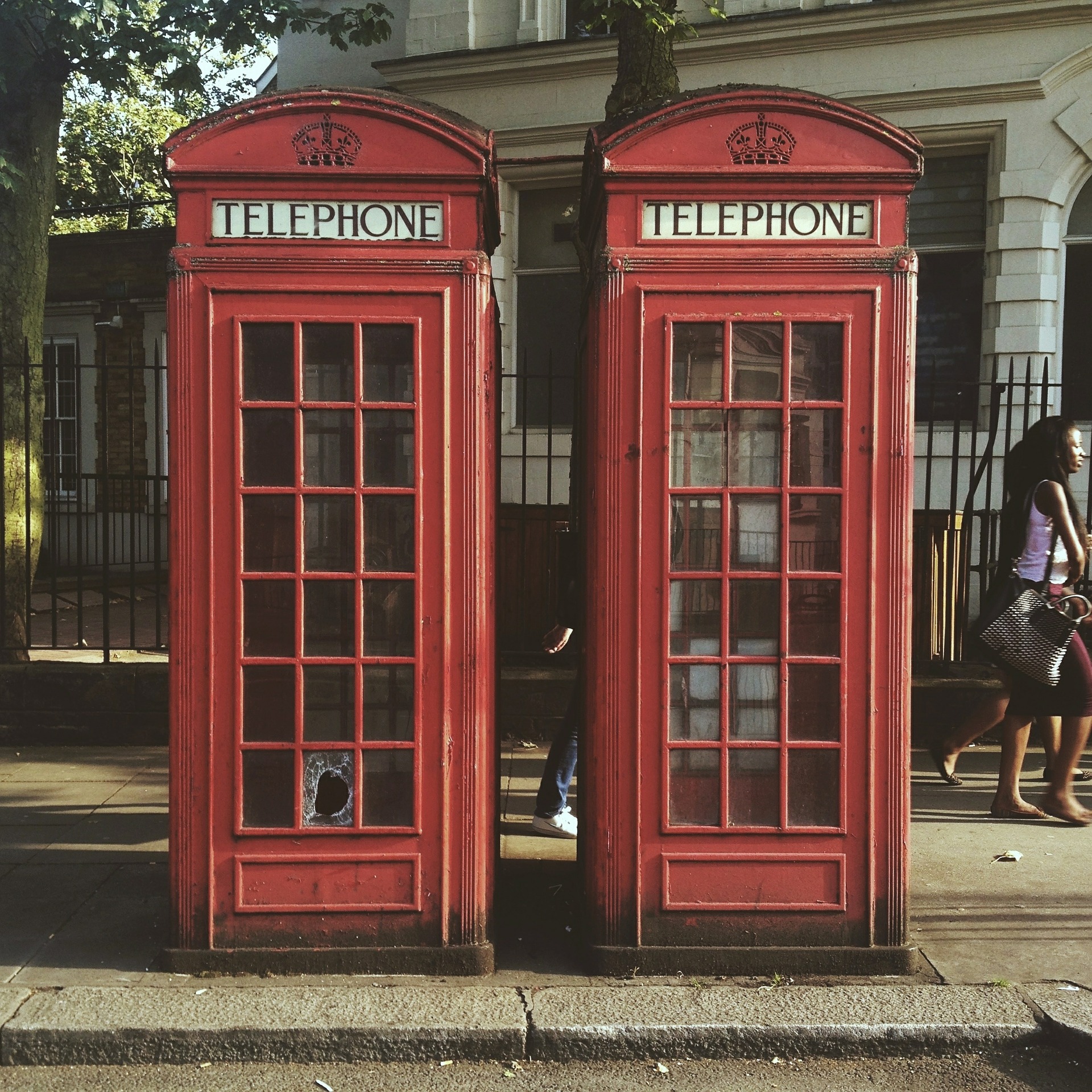British design has remained an important part of the Heal’s offering for over two centuries, largely thanks to the passion and vision of the people behind their creations.
We’ve launched a campaign to highlight the impact that British creators have had on the design world. As much a celebration of the people as the designs themselves, British Designers at Heal’s delves into the dynamic world of British design, showcasing the very best pieces from some of the most creative minds in the country.
Over the next few weeks, we’ll be exploring what inspires these visionaries, how they have perfected their craft and some of the key designs that have shaped their career. But first let’s start with an important question…
–
What is British design?
Whilst there is no set rules or list of attributes that define it, it is perhaps best summed up by one of the nation’s most recognisable objects: the red phone box.
Voted the nation’s favourite British design in a poll undertaken by Kingston University in 2015, it beat the likes of the double decker bus, the 2012 Olympic Torch and the London Eye.

The design dates from a competition in 1924 won by the architect Giles Gilbert Scott, designer of Liverpool’s Anglican cathedral and London’s Battersea and Bankside power stations. Scott’s original timber prototype can still be seen beneath the arch of the Royal Academy on Piccadilly.
Skip ahead a few decades and their function is practically obsolete, yet they are still considered an indispensable part of the UK streetscape, most likely garnering 40% of the vote because of their status as a cultural symbol.
This, in some ways, sums up what British design is about. There’s an element of iconoclasm and inventiveness, mixed in with an enduring nostalgia for our heritage and traditions.
Where did it originate?
In 1946, the Britain Can Make It exhibition was held at the V&A, displaying British products that evolved from new materials and processes developed in the war. It was a statement of faith that Britain could rebuild itself and it set the tone for the Festival of Britain that was held five years later.
A theme of measured and modest design emerged from both exhibitions – not surprising given that Britain was recovering from post-war austerity.
Brands like Ercol shot to prominence with simply-shaped furniture made from strong materials. Their timeless quality highlighting the fact that their designs were made rather than moulded.
The demand for contemporary British furnishings began.
British design in the modern day
Skip ahead a few years to the 21st century and national characteristics are still prevalent in design. Whilst Italian furniture is known for its visual flair, and German for its efficiency, British design is very much rooted in its modesty. It’s restrained and balanced, using specialist manufacturing techniques that put an emphasis on craftsmanship.
Russell Pinch is a great example. The elegant and sleek Wallis sofa echoes the clean lines of an Aston Martin and the tailoring of a Saville Row suit. Its design is understated – not shouty or brash, but highly considered and expertly crafted.
 |
The Wallis sofa by Russell Pinch
Similarly Tom Raffield, an artisan in bent wood from Devon, uses a pioneering technique to steam bend timber to create beautiful furniture and lighting designs. After much trial and error, his breakthrough came when he held a thin board of ash over a kettle for 20 minutes. Binding the switch with gaffer tape kept the kettle boiling but also blew the fuse.
By that time though Tom was able to twist the wood around a pipe and set it as a curve. And with that a whole new way of working with timber was born. How very innovative. How very British.
|
|
Let’s not forget that British design is also inventive and unusual. Think about brands like Paul Smith, Burberry, and Mini – they are quintessential British brands that aren’t afraid to make a statement. Often pushing the boundaries, pieces are often quirky, rebelling against a classic style and adding their own identity.
Jode Pankhurst, who features in our list, uses traditional techniques to make her ceramic pieces but her hand painted decoration is unusual and her shapes are unique. No two pieces are the same but are each is instantly recognisable as her own.
 |
To experience British Designers at Heal’s in full, visit our Tottenham Court Road store throughout August.



